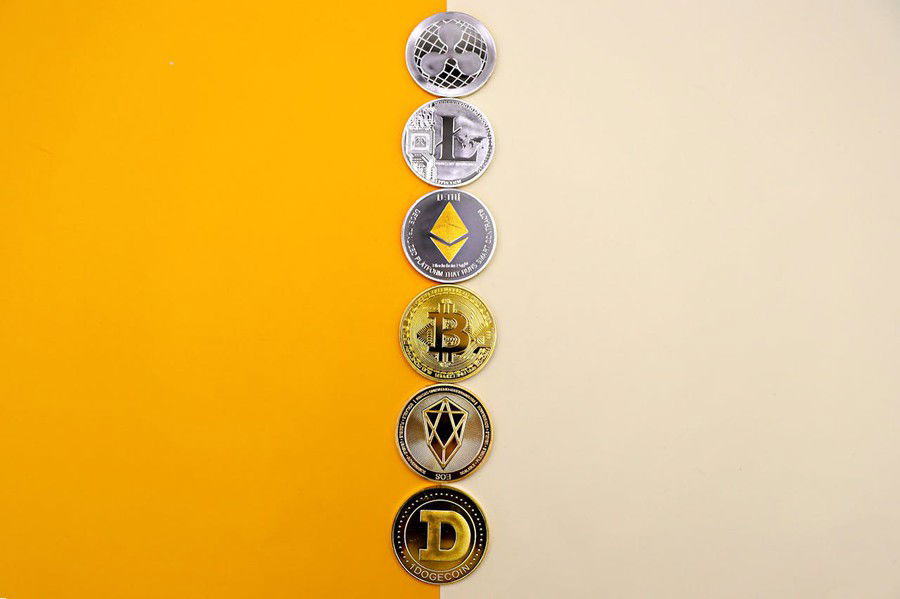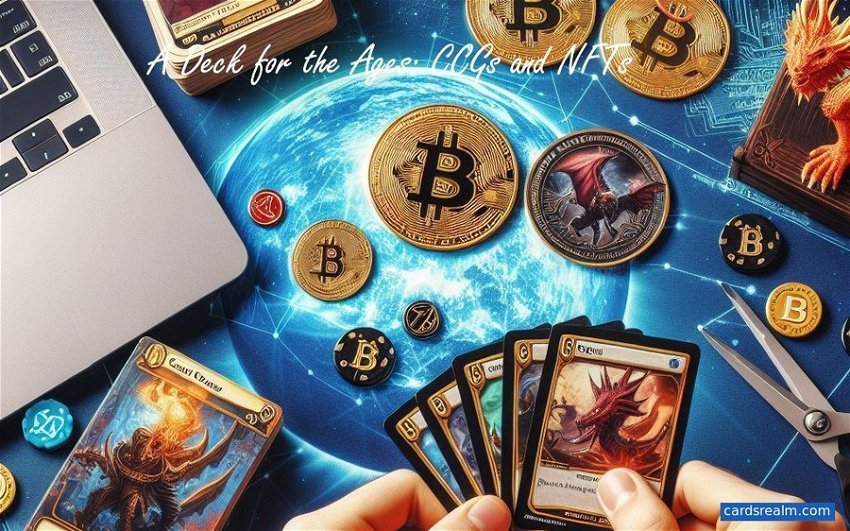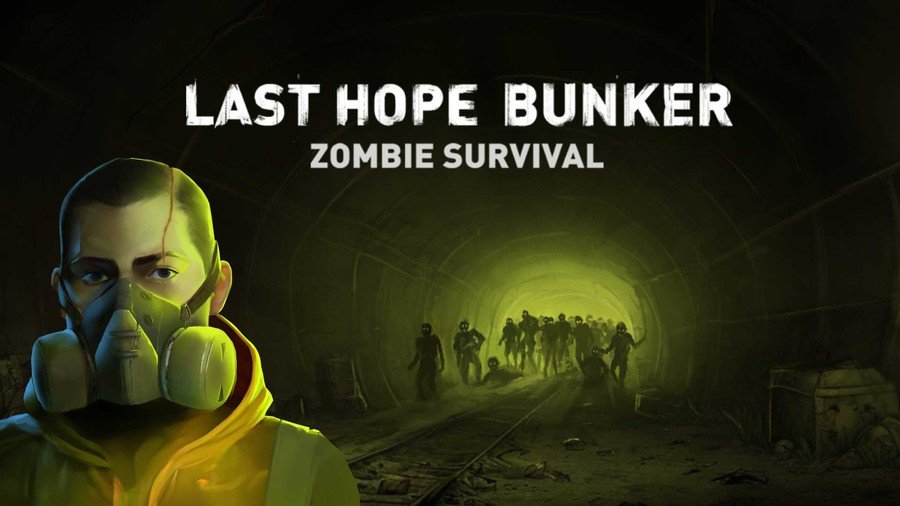Like cryptocurrency, NFTs or Non-Fungible Tokens have spent almost their entire existence in the spotlight.
These digital “receipts” entered the internet’s canon in the late 2010s when blockchain game CryptoKitties painted a cute face on a seemingly impenetrable concept, i.e. Web 3.0 and all its hyper-modern baubles.
Put another way, NFTs are the internet’s version of baseball cards. They’re stored safely and indelibly in a digital record, the erstwhile blockchain.

Interest in NFTs is driven by the same desires as other collectibles, namely, a need to own something special. They also went for millions during their heyday.
In one case, a piece of artwork entitled The Merge was sold for $91 million. Similarly, the CryptoPunks and Bored Ape Yacht Club projects released a flood of NFTs that became household names in their small, dedicated server suburbs.
It’s a short story, though. NFTs have since lost billions in value.
A Decentralized Internet
It’s easy to see how NFTs and card games are a match made in silicon heaven. While the market has sunk, a dedicated community is trying to make good on NFTs' promise to change the world. In particular, how we understand ownership.
It all seems inevitable. Web 3.0, another word for a decentralized internet, where no central authority exists to control things, isn’t going away. Major publishers and developers like Ubisoft and Square-Enix have announced plans to incorporate NFTs - or have already tried it.
A similar niche, casino gaming, has a more storied background in Web 3.0. Casino Stake's online casino reviews note that some operators, like CryptoBetSports, have built their entire offering around cryptocurrencies, including Bitcoin.
Conventional casino sites are approaching the space, too, embracing crypto-friendly payment processors like Neteller and Skrill to expand their reach. Stake.com is a good example.
So, what about NFT card games?
Gods Unchained
The idea behind NFTs is that they can be traded, bought, and sold, which adds a new dynamic to gameplay. Gods Unchained, a title created by Magic The Gathering alumni, previously reached a market cap of $60 million by incorporating NFTs, back in 2021.
As with many other CCGs, Gods Unchained is a deck-building experience. However, whereas packs are typically bought with fiat currencies in microtransactions, Gods Unchained sells Crystal Boosters that contain three cards. These are bought with ETH, the cryptocurrency of the Ethereum blockchain.
Remember when Diablo 3 introduced its real-money marketplace for loot? CCGs on the blockchain allow the trading of cards for currency, as well. Here's where things start to seem a little disappointing. Gods Unchained's market volume is $452 600 as of April 2024, down from a peak of $390.8 million.
As hinted at, though, there’s life yet in NFTs. A sci-fi CCG called Parallel has partnered with the Epic Games store, in a move that could significantly increase the visibility of NFT gaming. The question is, is it enough to pull the concept out of its very public spiral?
There are answers on both sides. Perhaps the most important consideration is that Web 3.0 has yet to materialize in any form fans have dreamed of.
Is it just the beginning for NFTs or their ignominious end?










— 评论 0
, 反应 1
成为第一个发表评论的人